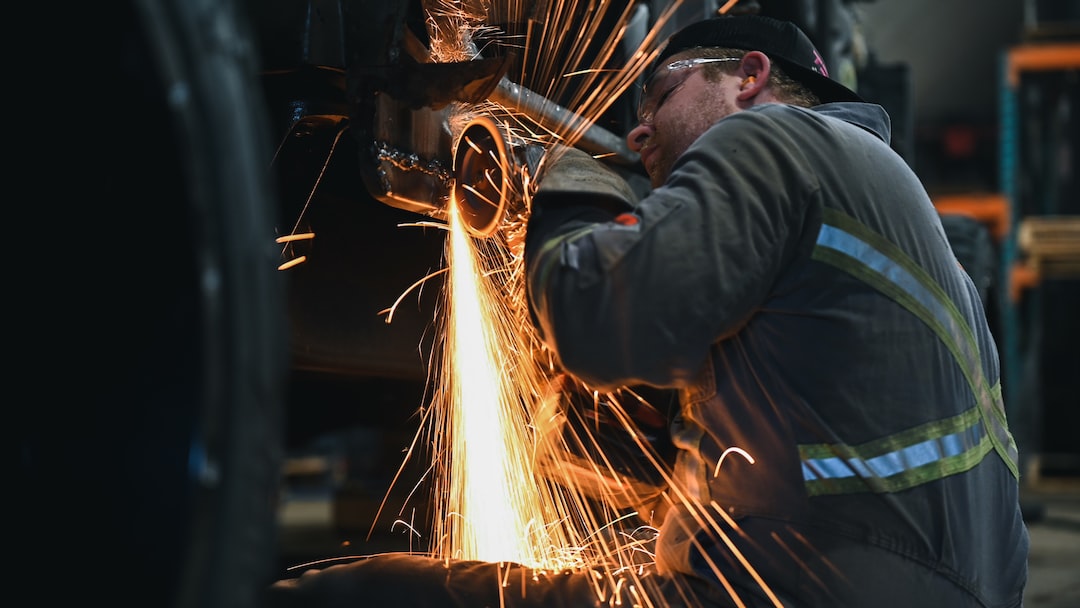Exploring the Potential of Augmented Reality in Manufacturing
In recent years, augmented reality (AR) has emerged as a revolutionary technology with the potential to transform various industries, including manufacturing. Combining the real world with virtual elements, AR provides a unique and immersive experience that has numerous applications in this sector. From design and training to maintenance and quality control, the possibilities of AR in manufacturing are vast and promising.
One of the key areas where AR can revolutionize manufacturing is in design and prototyping. Traditional design processes often involve lengthy iterations and physical prototypes, which can be time-consuming and costly. With AR, manufacturers can create virtual prototypes that allow designers to visualize and interact with their designs in real-time. By overlaying virtual elements onto the physical world, engineers and designers can make adjustments and test different scenarios efficiently, potentially reducing both time and costs involved in the design phase.
Similarly, AR has the potential to revolutionize training in the manufacturing industry. Traditionally, training new employees involved classroom sessions, manuals, and on-the-job training. However, with the help of AR, manufacturers can provide immersive and interactive training experiences. New employees can learn and practice their skills in a virtual environment, where they can interact with virtual machinery, tools, and processes. This not only enhances the learning experience but also reduces the risk of accidents and mistakes during training.
Moreover, AR can significantly improve maintenance processes in manufacturing. Regular maintenance is essential for keeping machinery and equipment in optimal condition. AR can assist technicians by overlaying vital information on equipment through smart glasses or mobile devices. This can provide real-time data on equipment performance, maintenance schedules, and step-by-step instructions for repairs and replacements. By leveraging AR technology, manufacturers can increase maintenance efficiency, reduce downtime, and extend the lifespan of their machinery.
Quality control is another area where AR can offer substantial benefits. Manufacturers often rely on physical inspections and manual measurements to ensure product quality, which can be time-consuming and prone to errors. AR can streamline this process by overlaying virtual inspection data onto the physical products. By using AR tools, inspectors can perform inspections quicker and more accurately, detecting defects and deviations in real-time. Furthermore, with the help of automated AI algorithms, AR can detect and highlight potential quality issues, minimizing the chances of defective products reaching the market.
Furthermore, AR can enhance collaboration and communication between different teams and departments in manufacturing. By using AR tools, engineers, designers, and technicians can share their ideas, designs, and instructions in real-time. This leads to improved communication, increased efficiency, and reduced errors in the manufacturing process. Whether it is remote collaboration or on-site assistance, AR technology can bridge the gap between different teams, allowing them to work together seamlessly.
Although the potential of AR in manufacturing is immense, there are still challenges that need to be addressed. One of the main obstacles is the cost of implementing AR systems in existing manufacturing processes. The initial investment in hardware, software, and training can be significant. However, as technology advances and becomes more accessible, the costs are expected to decrease, making AR more affordable for manufacturers of all sizes.
Another challenge is the integration of AR systems with existing manufacturing infrastructure and software. For AR to be fully effective, it needs to be seamlessly integrated with the existing systems and processes. Standardization and compatibility across different manufacturers will be essential to maximize the benefits of AR technology.
In conclusion, augmented reality has the potential to revolutionize various aspects of the manufacturing industry. From design and training to maintenance and quality control, AR offers immersive and interactive experiences that can boost efficiency, reduce costs, and enhance collaboration. While there are challenges to overcome, the future of augmented reality in manufacturing looks promising. Manufacturers who embrace and invest in this technology will likely gain a competitive edge in the evolving landscape of the industry.

